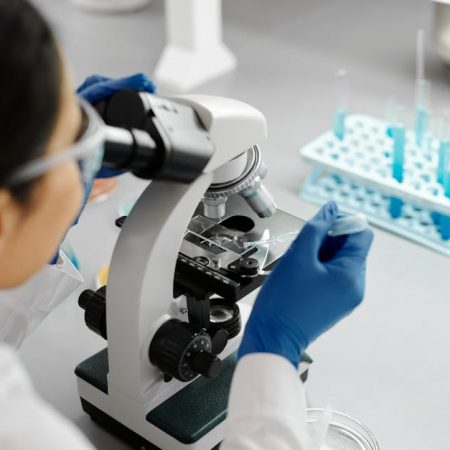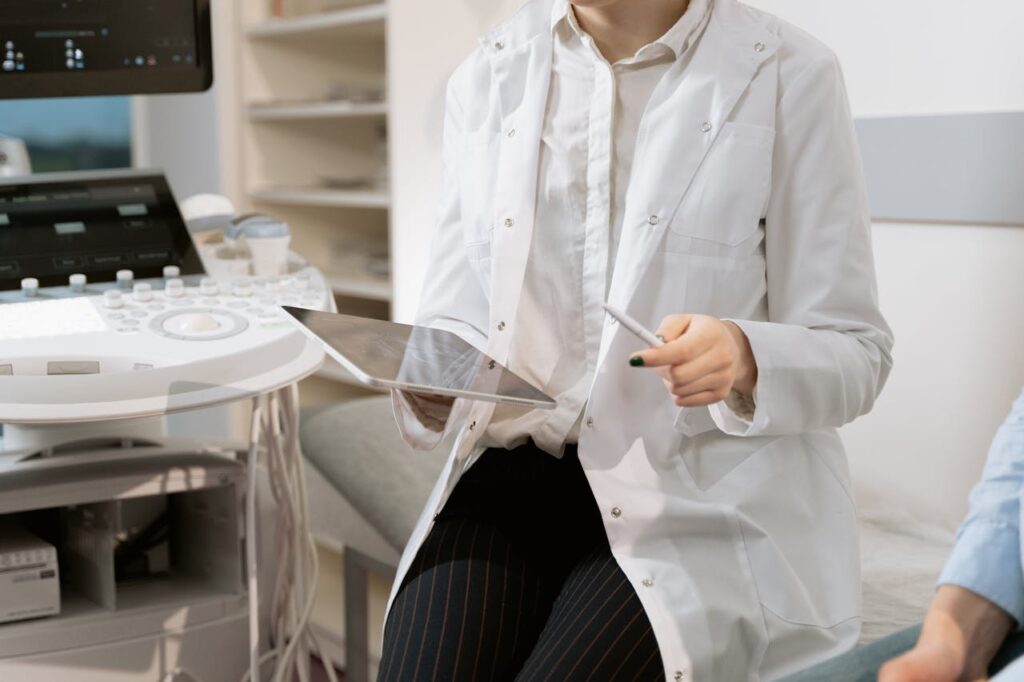
What is Time lapse?
Time lapse incubators such as embryoscope have a microscope and camera within it that allows almost continuous monitoring and recording of embryo development whilst the embryo remains within the stable conditions of the incubator. This information is then transferred to computer software for analysis, which can aid embryo selection by providing a rank of embryo development potential.
What are the benefits of Time Lapse?
In standard embryo culture, visual assessment of embryos occur when the embryos are removed from the incubator and examined under a microscope once every couple of days. The embryos are examined as little as possible as it is felt very important not to expose the embryos to repeated decreases in temperature1,2 or to compounds that may be present in the air3. Time lapse incubators allow almost continuous examination and recording of the embryo remotely whilst allowing the embryo to remain in constant conditions within the incubator.
What is the evidence for benefit?
Whilst it is well known that fluctuations in temperature is not good for embryo development, and that maintaining the embryos at a constant temperature is beneficial 1,2, video embryo assessment is a relatively new technique and much work is being undertaken to demonstrate the benefit of its use. One of the early studies demonstrated that, using almost 500 embryos from 60 couples, the embryo development and pregnancy rate is not reduced by being kept inside these incubators4. Another study also demonstrated an improvement over traditional methods in predicting embryos that will develop into blastocysts5. With recent changes to the solution that embryos grow in, the embryos can now remain in the incubator for the 5-6 days until the embryo is ready for transfer or freezing, which is likely to further improve results. Recent studies have also looked at evidence that improving embryo selection reduced the incidence of pregnancy loss and chromosomal abnormalities. At present, it is believed that larger studies are required to prove a real benefit of time-lapse systems.
What is our experience of Time lapse?
At North West fertility , your clinicians have been utilising timelapse since it was first introduced. Our partners who provide our embryology have had extensive experience of the EmbryoScope system since 2011. They include members of the first teams in the country to use this technology and have developed and introduced advanced AI software to optimise embryo useage . Our team has also led the way with new research into further developing the EmbryoScope system. The laboratory teams experience of results of improved pregnancy rate and the ability to reduce the incidence of multiple pregnancies have meant that at Northwest fertility all our cycles of treatment utilise the Time lapse for embryo culture.
References
- Pickering SJ, et al. Transient cooling to room temperature can cause irreversible disruption of the meiotic spindle in the human oocyte. Fertil Steril. 1990;54(1):102–8.
- Almeida PA et al. The effect of temperature fluctuations on the cytoskeletal organisation and chromosomal constitution of the human oocyte. Zygote. 1995;3(4):357–65.
- Cohen J et al. Ambient air and its potential effects on conception in vitro. Hum Reprod. 1997;12(8):1742–1749.
- Cruz et al , Blastocyst and ongoing pregnancy rates in oocyte donation patients whose embryos were monitored by time-lapse imaging. J Assist Reprod Genet. 2011 Jul;28(7):569-73. Epub 2011 Mar 11.
- Wong et al, “Non-invasive imaging of human embryos before embryonic genome activation predicts development to the blastocyst stage.” Nature Biotechnology, Vol 28, Issue 10, October 2010.



